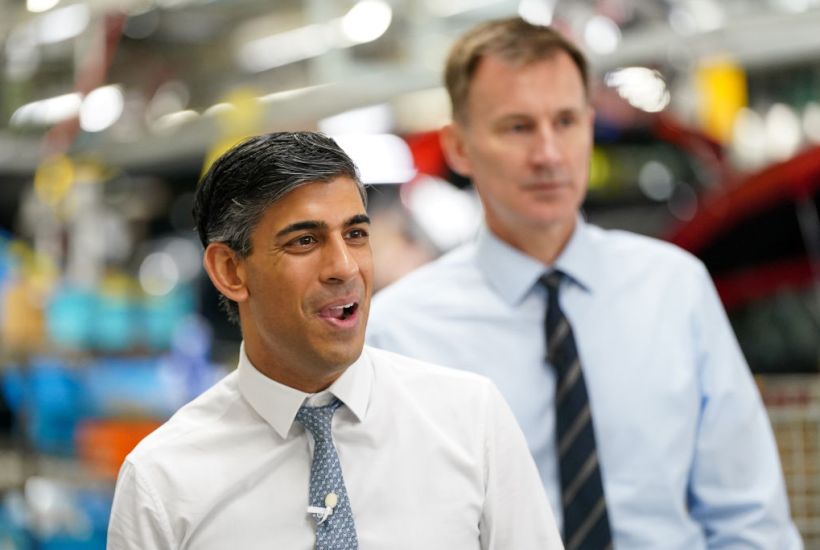Can the Tory party now credibly claim it is cutting taxes? That was the big mystery going into Jeremy Hunt’s pre-election Budget this afternoon, as so many of the policy measures had already been trailed.
As expected, the Chancellor announced another 2p off employee National Insurance, following on from the 2p cut he announced in the Autumn Statement.
Already a subscriber? Log in
Subscribe for just $2 a week
Try a month of The Spectator Australia absolutely free and without commitment. Not only that but – if you choose to continue – you’ll pay just $2 a week for your first year.
- Unlimited access to spectator.com.au and app
- The weekly edition on the Spectator Australia app
- Spectator podcasts and newsletters
- Full access to spectator.co.uk
Or




















Comments
Don't miss out
Join the conversation with other Spectator Australia readers. Subscribe to leave a comment.
SUBSCRIBEAlready a subscriber? Log in